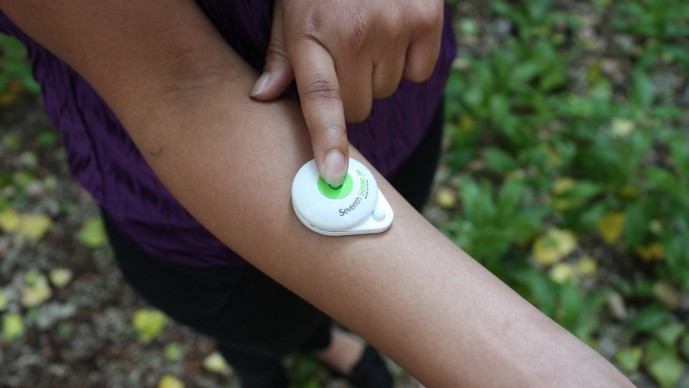
Have you ever wondered where the blood sample you give at your doctor's office goes? Laboratory services in the US and Europe have evolved from small hospital-based labs to large service providers who rely on high-throughput centralized laboratories, where many sophisticated instruments run thousands of assays per day with elegant quality controls and a broad menu of tests at relatively low cost. With efficient transportation services, temperature controlled vehicles and effective communication systems, most specimens can be transported from doctor's offices to centralized labs for diagnostic testing with quality results returned within hours to a few days. These services are fully interconnected and continuously monitored to improve efficiency.
Through an effort to meet the massive need for diagnostic services in the developing world, many of these instruments have been placed in developing world laboratories with the goal of achieving high-throughput and high-efficiency testing. However, the full potential for these instruments has yet to be realized because of a long list of hurdles reflecting the challenging ecosystem within which these services must operate.
For example, reports from the developing world indicate that it can take 6 months or more to receive results for infant HIV diagnosis, and half of the results are never returned (CDC, personal communication). When I spoke with heads of laboratorians and public health leaders in Africa, I found out that the list of hurdles includes staff training, supply chain management, sample transportation networks, laboratory management, methods for return of results. In short, every link in the chain of events that needs to take place fails with high frequency. Even when tests can be performed at the point of care, the results are not recorded or are recorded on paper making them difficult to use for program management or surveillance. Evidence from a recent WHO survey (Habiyambere V et al, PLoS Med. 2016 Aug 23;13(8):e1002088) demonstrates that the challenges are significant and countries are still struggling to meet the overwhelming need for infectious disease diagnostics. Other essential diagnostics such as diabetes or cancer tests are likely even more of a challenge given the lack of resources to support basic services.
Technological innovations for key points in the integrated diagnostics ecosystem can accelerate increased efficiency and overall effectiveness in developing country settings. Key metrics of the ecosystem:
- turn-around time (sample to result)
- laboratory instrument capacity utilization rate
- percentage of quality results generated
- percentage of quality results returned or
- cost per quality result returned
can be improved with innovative technologies. These will include innovations impacting the end-to-end system ranging from sample collection, transportation, analysis and return of results. Examples of options that have the potential to measurably improve diagnostic services include biometric identifiers that can link the patient with the specimen and eventual result, plasma separating dried blood spot papers, electronic sample trackers, expanded menu on existing platforms, novel IT solutions for data management and return of results. Cost savings can be realized by reducing wastage in the system. For example, the added cost of an improved specimen collection device can be recovered by improving the rate of quality results leading to an overall reduced cost per quality result received.
The Grand Challenges Explorations Innovations for Integrated Diagnostics Systems call is seeking new ideas that can improve the performance of the interconnected diagnostic system, enabling proof of concept work, demonstrating the feasibility of a new innovation. At the end of the Phase I project if the concept appears feasible, it will be considered for subsequent funding. The proposal will then be reviewed and prioritized by a review committee mostly made up of African laboratorians and subject matter experts. Rigorous product development planning and stage-gate decision-making will be applied to the to ensure critical experiments are undertaken early. Among those that ultimately succeed, the evidence and relationships will be shared with both public and private sector laboratory service providers to support product adoption. The long-term success of this project will be reflected in the number of innovations that are adopted by African laboratories. The number of lives saved from increased access to quality diagnostic services will be the ultimate benefit of this work.